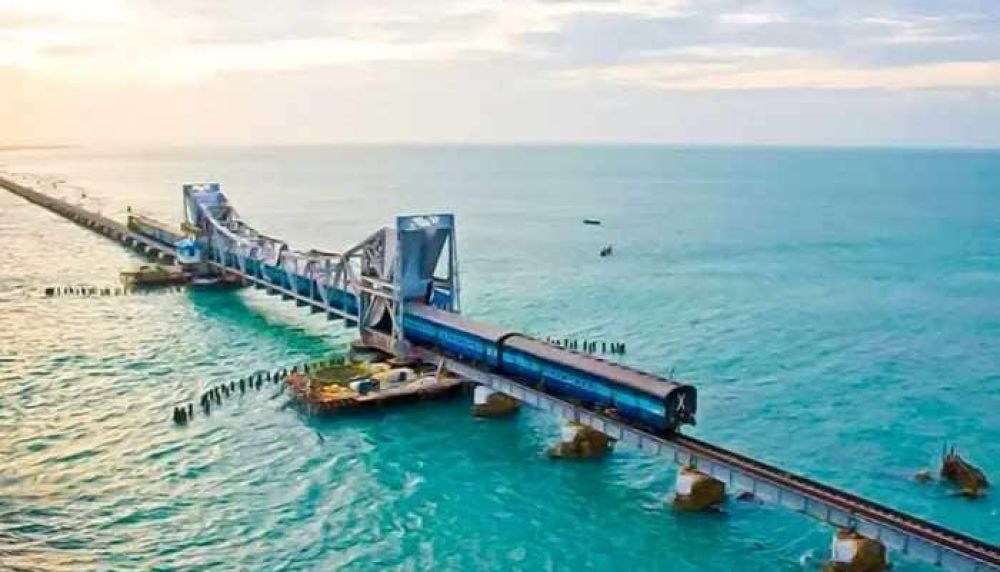

The Pamban Bridge in Rameswaram, Tamil Nadu, is not just a passage over the ocean; it's an iconic symbol of human ingenuity, connecting Rameswaram Island to mainland India. The bridge's history and its contribution to tourism are both substantial and multifaceted, playing a pivotal role in the cultural and economic development of the region.
Opened to traffic in 1914, the Pamban Bridge is an engineering masterpiece of its era. Constructed under British rule, it was initially the longest sea bridge in India, stretching approximately 2.3 kilometers across the Palk Strait until the opening of the Bandra-Worli Sea Link in 2010. The marvel of the bridge is its central part that opens up to allow ferry and boat movements, a testament to the engineering prowess of the early 20th century.
The construction of the bridge was driven by the need to establish a direct rail link between Rameswaram and the mainland for facilitating the transportation of pilgrims to the sacred Hindu island, where the Ramanathaswamy Temple is a revered pilgrimage spot. The bridge thus became a monumental gateway for devotees, bolstering religious tourism significantly.
For over a century, the Pamban Bridge has stood as a cultural and touristic linchpin in Tamil Nadu. It isn't just a rail bridge; it also offers breathtaking panoramic views of the Bay of Bengal, drawing tourists and photography enthusiasts who come to witness its architectural elegance and the beauty of the surrounding seascapes.
The bridge reinforced the accessibility to Rameswaram, which witnessed a steady increase in tourist footfall over the years. The influx of pilgrims and tourists transformed Rameswaram into a bustling hub, leading to the growth of local businesses and tourism service providers. The Pamban Bridge itself became a point of interest, enriching tourism itineraries and featuring prominently in the cultural lore of the region.
In recent years, with advancements in travel and a growing interest in historical structures, the Pamban Bridge has seen a resurgence as a destination for heritage tourism. Visitors are not only enamoured by the bridge itself but also by the rich history and mythology of Rameswaram. Ensuring safety and sustainability, the Indian Railways introduced a new vertical-lift bridge, parallel to the old Pamban Bridge, to accommodate heavier and faster trains, while also offering an uninterrupted passage for maritime traffic.
The region's tourism trends have been adapting to contemporary demands with better infrastructure, improved connectivity, and the introduction of experiences that allow visitors to delve into the region's cultural fabric. For example, guided tours, traditional culinary expeditions, and maritime adventures add layers to the already vibrant tourism scene of Rameswaram.
With the integration of technology, Pamban Bridge and Rameswaram's attractions are now widely promoted on digital platforms, creating greater awareness and fascination among potential tourists from around the globe. The bridge, coupled with the spiritual significance of Rameswaram, ensures a consistent interest in this sacred and historic destination.
The Pamban Bridge stands as a sentinel over the Palk Strait, its history intrinsically linked to the cultural narrative of Rameswaram. It remains a compelling testament to the enduring appeal of historical engineering accomplishments and their ability to inspire, connect, and bolster tourism well into the modern age.